Teddy Roosevelt Terrier vs. Bloodhound: Breed Differences and Similarities
Weight Gain Potential
Which breed eats more: Teddy Roosevelt Terrier or Bloodhound?
The Teddy Roosevelt Terrier and Bloodhound breeds have an average risk of becoming obese. Daily walks and a balanced diet of quality dry dog food can help maintain a healthy weight. An active lifestyle and monitoring weight regularly is recommended.
Hypoallergenic
Are Teddy Roosevelt Terriers or Bloodhounds hypoallergenic, or neither?
Unfortunately, neither Teddy Roosevelt Terrier nor Bloodhound are hypoallergenic, which may not make them the best choice for dog lovers who suffer from pet allergies.
Temperament
What are the personalities of Teddy Roosevelt Terrier and Bloodhound dogs?
Fearless
Affectionate
Lively
Agile
Spirited
Reserved
Active
Lovely
Swift
Affectionate
Gentle
Independent
Outright
Tempered
Stubborn
Shedding Level
Do Teddy Roosevelt Terriers shed more than Bloodhounds, or which breed sheds more, Teddy Roosevelt Terriers or Bloodhounds?
Teddy Roosevelt Terrier or Bloodhound dogs are not heavy shedders, but they will lose a significant amount of hair each year. To decrease the amount of shedding, you can regularly brush your Teddy Roosevelt Terrier or Bloodhound. This will remove loose hair and keep their coat growing in the same direction.
Watchdog Ability
Which dog breed makes a better watchdog, the Teddy Roosevelt Terrier or Bloodhound?
Choose a Teddy Roosevelt Terrier if you want a top-notch watchdog. This breed takes guarding seriously, and may not require much training, though obedience or guard dog training can improve their skills.
Avoid Bloodhounds as watchdogs - they're not effective.
Origin
What is the origin of Teddy Roosevelt Terrier and Bloodhound dog breeds?
United States
Europe
Ancestry
What are the origins of Teddy Roosevelt Terrier and Bloodhound breeds?
Manchester Terrier, Bull Terrier, Smooth Fox Terrier, Beagle, Whippet, Italian Greyhound, White English Terrier
flemish hound, talbot hound
Date of Birth
When were Teddy Roosevelt Terrier and Bloodhound breeds first developed?
1900s
middle ages
Eye Color Possibilites
What are the eye colors of Teddy Roosevelt Terrier and Bloodhound dogs?
Hazel
Brown
Amber
Hazel
Amber
Nose Color Possibilites
What are the natural nose colors of Teddy Roosevelt Terrier and Bloodhound?
Blue
Black
Brown
Black
Brown
Coat Color Possibilites
What are the natural colors of the coat for Teddy Roosevelt Terrier and Bloodhound breeds?
Black
White
Brown
Red
Blue
Pied
Black
Brown
Red
Fawn
Sable
Coat Length
What is the typical coat length for Teddy Roosevelt Terrier and Bloodhound breeds?
Teddy Roosevelt Terriers have coats that can be either short or medium in length.
Bloodhounds have short coats.
Coat Density
What is the density of the coat of Teddy Roosevelt Terrier and Bloodhound?
Coat Texture
What is the hair texture of Teddy Roosevelt Terrier and Bloodhound?
Straight
Litter Size
What is the usual litter size for Teddy Roosevelt Terrier and Bloodhound?
A Teddy Roosevelt Terrier can have a litter of 15-16 puppies on average. However, it's worth noting that the size of the litters can vary greatly. Factors that can influence litter size include the health of the mother, breeding history, and genetics.
A Bloodhound can have a litter of 10-12 puppies on average. However, it's worth noting that the size of the litters can vary greatly. Factors that can influence litter size include the health of the mother, breeding history, and genetics.
Adaptability
Teddy Roosevelt Terriers are highly adaptable and versatile, making them excellent companions for families and individuals of all lifestyles.
Bloodhounds have average adaptability to changes in lifestyle and living environments compared to other breeds.
Health Issues
Between Teddy Roosevelt Terrier and Bloodhound, which breed is more prone to health problems?
Teddy Roosevelt Terriers are susceptible to health issues like all breeds, so it's important to monitor their health and seek veterinary care when needed.
The Bloodhound breed is generally very healthy, requiring minimal vet visits. Still, it's important to keep an eye on their health and seek veterinary care when needed.
Major Concerns
What are the major health concerns for Teddy Roosevelt Terrier and Bloodhound breeds?
Elbow Dysplasia
Hip Dysplasia
Von Willebrand's Disease
Hypothyroidism
Otitis Externa
Entropion
Gastric Torsion
Cherry Eye
Hip And Elbow Dysplasia
Minor Concerns
What minor health issues should be kept in mind when owning Teddy Roosevelt Terrier and Bloodhound?
Progressive Retinal Atrophy (PRA)
Dilated Cardiomyopathy (DCM)
Bone And Joint Problems
Hypothyroidism
Occasional Tests
What occasional tests are recommended for Teddy Roosevelt Terrier and Bloodhound breeds?
OFA
CERF
Full Physical Examination
Genetic Testing
Thyroid Testing
Eye
Hip
Elbow
Thyroid Tests
X-Rays
Energy
How do the energy levels of Teddy Roosevelt Terriers and Bloodhounds compare?
Teddy Roosevelt Terrier and Bloodhound breeds are high-energy dogs, thus an active lifestyle suits them well.
Social Needs
Teddy Roosevelt Terrier vs Bloodhound social needs comparison
Teddy Roosevelt Terrier has average social needs and is less independent than other breeds.
Bloodhound has very high social needs and requires regular mental and physical stimulation, a job or purpose, and companionship.
Exercise Needed
Teddy Roosevelt Terrier vs Bloodhound exercise need comparison.
The Teddy Roosevelt Terrier and Bloodhound breeds need a high level of physical activity to maintain a healthy lifestyle. They also make great companions for people who lead an active lifestyle and enjoy running, hiking, or other outdoor activities. These breeds are not suitable for people with a sedentary lifestyle or those who live in small apartments.
Sleeping Need
Which of the two sleeps the most/least: Teddy Roosevelt Terrier or Bloodhound?
Teddy Roosevelt Terrier and Bloodhound are active dogs that may not require as much sleep as other breeds. However, they still need enough sleep to stay healthy.
Drooling Tendency
Which drools more/less, Teddy Roosevelt Terrier or Bloodhound?
Teddy Roosevelt Terrier has low drooling tendency, suitable for those who dislike drool marks.
Bloodhound excessively drools, consider a different breed if not appealing.
Tendency to Bark
Do Teddy Roosevelt Terriers or Bloodhounds bark more/less frequently?
Teddy Roosevelt Terrier and Bloodhound dogs bark and howl frequently, they are not a good fit for quiet homes.
Territorial
Is the Teddy Roosevelt Terrier or Bloodhound a better guard dog?
Teddy Roosevelt Terrier dogs are highly protective and make excellent guard dogs due to their strong instinct to defend their territory and owners, and their high level of vigilance.
Bloodhound dogs are not typically good guard dogs due to their lack of protective nature and weak territorial drive.
Mouthiness
Mouthiness Comparison: Teddy Roosevelt Terrier vs Bloodhound?
Roaming urge
Teddy Roosevelt Terrier vs Labrador: Running away tendency?
Prey Drive
Teddy Roosevelt Terrier or Bloodhound - which breed has a higher level of prey drive?
Past times
What are some enjoyable activities and ways to keep Teddy Roosevelt Terrier and Bloodhound entertained?
Walking, Licking, Sniffing, Playdate, Cuddles
Snack time, Walk, Petting, Sniffing, Not walking, Eating treats, Walking, Cuddle, Hide & Seek
Activity Level
Which breed has higher energy, Teddy Roosevelt Terriers or Bloodhounds?
Teddy Roosevelt Terriers are high-energy dogs. They need mental as well as physical exercise. These dogs require a lot of your involvement and without it they can, and will, become problematic dogs.
Bloodhounds are medium-energy dogs and typically enjoy socializing and playing casual or even sustained games of chase with other dogs. They may also have occasional periods of barking or racing around the house.
Tolerance of being left alone
Walks per Week
How many miles should Teddy Roosevelt Terrier or Bloodhound walk each week?
There's really no limit to how far you walk your dog as long as they're comfortable. For Teddy Roosevelt Terrier, it's at least 12 miles / week. Just remember to build distance and stamina gradually over time.
There's really no limit to how far you walk your dog as long as they're comfortable. For Bloodhound, it's at least 8 miles / week. Just remember to build distance and stamina gradually over time.
Activity per Day
Do Teddy Roosevelt Terriers or Bloodhounds require more exercise?
Both Teddy Roosevelt Terrier and Bloodhound typically require a minimum of 60 minutes of exercise each day. The exercise can be spread throughout the day and may involve high-energy activities like walking, running, and playing.
Grooming
Which breed is easier to maintain in terms of grooming, Teddy Roosevelt Terriers or Bloodhounds?
The Teddy Roosevelt Terrier is a low-maintenance breed that doesn't require much grooming.
The Bloodhound has low grooming needs and is easy to maintain.
Brushing Frequency
What is the recommended brushing frequency for Teddy Roosevelt Terrier and Bloodhound dogs?
In general Teddy Roosevelt Terrier should be brushed at least once a month. Of course you can give them more frequent brushes, especially if they enjoyed it
Bloodhound should be brushed at least once a week. Of course you can give them more frequent brushes if you find that they are still shedding a lot
Brushing Tools
What brushing tools are used for Teddy Roosevelt Terriers and Bloodhounds?
Slicker Brush
Nail Clipper
Slicker Brush
Nail Clipper
Cups
How much food should be given to Teddy Roosevelt Terrier or Bloodhound in cups?
For an average 10-25 pound (5 - 11 kg) Teddy Roosevelt Terrier feed 0.8 cups daily. But, keep in mind, the amount you feed is going to be dependent on the quality of the food you are feeding.
For an average 90-110 pound (41 - 50 kg) Bloodhound feed 3 cups daily. But, keep in mind, the amount you feed is going to be dependent on the quality of the food you are feeding.
Daily Cost
Which breed has a higher daily cost, Teddy Roosevelt Terrier or Bloodhound?
The average cost of a Teddy Roosevelt Terrier is somewhere $1.40 - $1.40 per day.
The average cost of a Bloodhound is somewhere $2.80 - $3.20 per day.
Monthly Cost
Which breed has a higher monthly cost, Teddy Roosevelt Terrier or Bloodhound?
The average per month expenses of a Teddy Roosevelt Terrier is between $35 - $42. This makes an average of $420 - $504 per year. It will be on the higher side when the dog is still small because it will need more frequent visits to the vet, shots.
The average per month expenses of a Bloodhound is between $84 - $95. This makes an average of $1008 - $1140 per year. It will be on the higher side when the dog is still small because it will need more frequent visits to the vet, shots.
Intelligence
Comparing Intelligence: Teddy Roosevelt Terriers vs Bloodhounds
The Teddy Roosevelt Terrier and Bloodhound breeds are considered very intelligent and easy to train.
Sensitivity Level
How do Teddy Roosevelt Terrier and Bloodhound compare in sensitivity?
Teddy Roosevelt Terriers are adaptable and resilient, making them ideal for those seeking a less sensitive pet.
This breed is sensitive and requires gentle handling and a calm home environment.
Affection Dependance
Which is the more affectionate dog breed: Teddy Roosevelt Terrier vs Bloodhound?
Apartment Friendly
Which breed is more apartment-friendly: Teddy Roosevelt Terrier or Bloodhound?
The Teddy Roosevelt Terrier is a great apartment dog, thriving with sufficient exercise and time outside as part of their daily routine.
The Bloodhound is not suitable for apartments and requires a large yard to thrive. Pent-up energy in small spaces can lead to destructive behavior.
Child Friendly
Do Teddy Roosevelt Terriers or Bloodhounds have a friendlier temperament towards children?
Teddy Roosevelt Terriers are good with kids if socialized and trained from a young age.
Bloodhounds make excellent family pets for kids due to their gentle, protective nature and calm temperament.
Senior-friendly
Which dog is more suitable as a pet for the elderly - Teddy Roosevelt Terrier or Bloodhound?
Cat Friendly
Do Teddy Roosevelt Terrier or Bloodhound breeds have a better compatibility with cats?
Teddy Roosevelt Terriers are good with cats, but early training is needed to prevent chasing behavior.
Bloodhounds are very friendly with cats and make great companions for them.
Dog Friendly
Which breed is more sociable with other dogs: Teddy Roosevelt Terrier or Bloodhound?
Teddy Roosevelt Terriers and Bloodhounds are very friendly towards other dogs. This breed typically have a happy and affectionate temperament around dogs.
Pet friendly
How do Teddy Roosevelt Terrier or Bloodhound dogs interact with other pets?
Stranger Friendly
Which breed is more friendly with strangers: Teddy Roosevelt Terrier or Bloodhound?
Teddy Roosevelt Terriers are quick to announce strangers and can be standoffish or suspicious.
Bloodhounds are highly friendly around strangers.
Playfulness
Which breed is more playful between Teddy Roosevelt Terrier and Bloodhound?
Teddy Roosevelt Terrier and Bloodhound are known to be highly playful dogs. So if you're not up for all that, think about adopting slightly older Teddy Roosevelt Terrier and Bloodhound for a mellower experience.
Trainability
How do the trainability levels of Teddy Roosevelt Terriers and Bloodhounds compare?
The Teddy Roosevelt Terrier is highly intelligent and eager to please, making it a great choice for both novice and experienced dog owners due to its easy trainability.
Bloodhounds are popular for their ease of training and quick learning ability.
Compare Teddy Roosevelt Terrier with other breeds
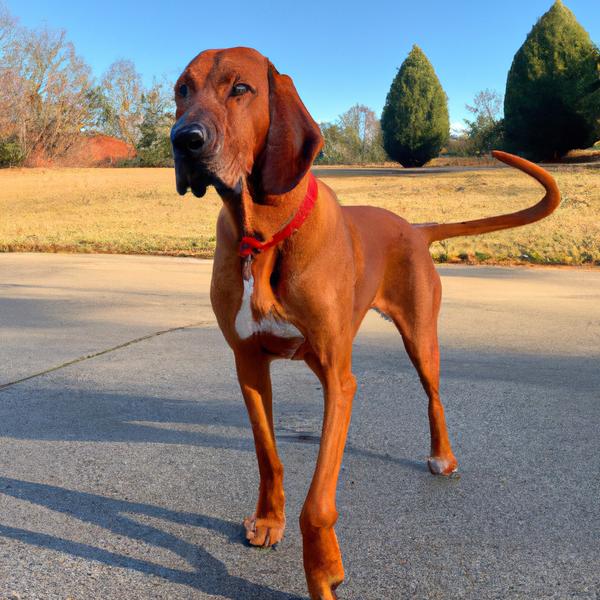
Redbone Coonhound
Teddy Roosevelt Terrier vs Redbone Coonhound
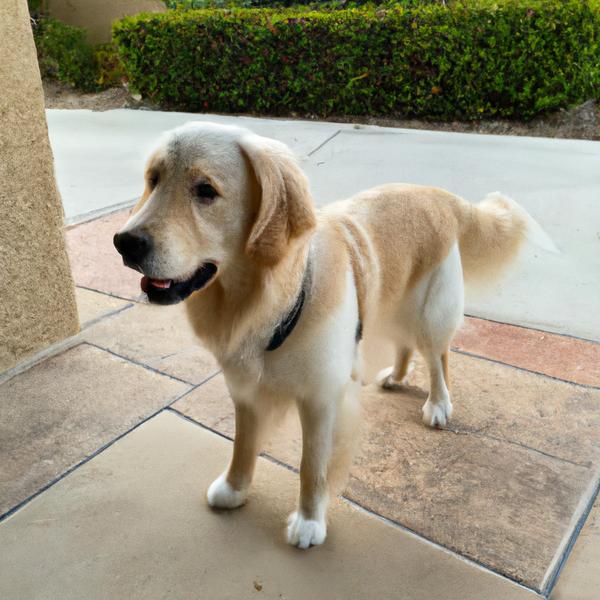
Petite Golden Retriever
Teddy Roosevelt Terrier vs Petite Golden Retriever
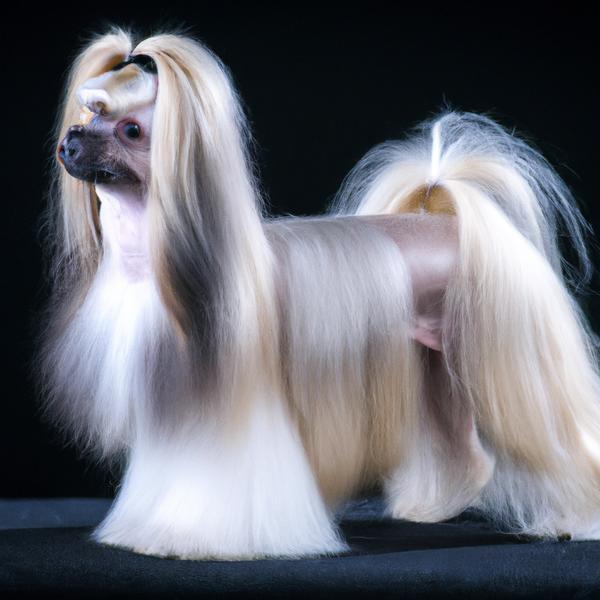
Silkzer
Teddy Roosevelt Terrier vs Silkzer

West Highland Corgi
Teddy Roosevelt Terrier vs West Highland Corgi
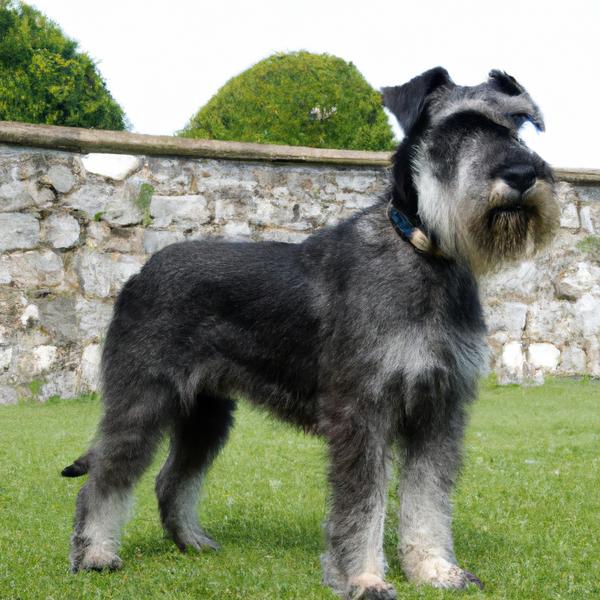
Standard Irish Wolf Schnauzer
Teddy Roosevelt Terrier vs Standard Irish Wolf Schnauzer

Japillon
Teddy Roosevelt Terrier vs Japillon
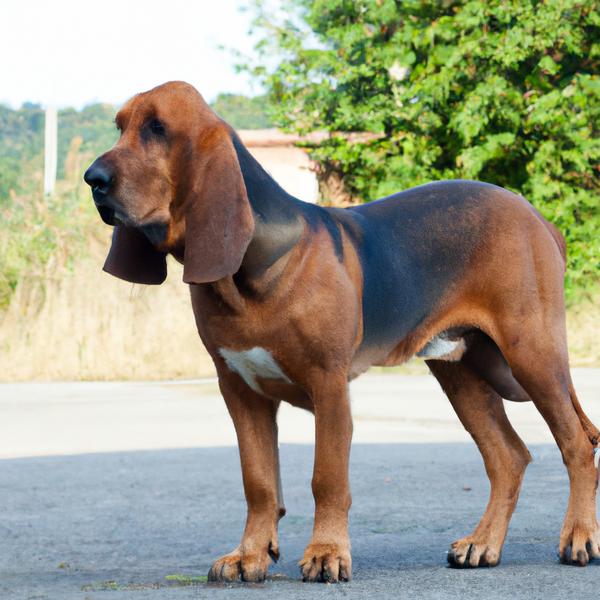
Bloodhound
Teddy Roosevelt Terrier vs Bloodhound

Patton Terrier
Teddy Roosevelt Terrier vs Patton Terrier
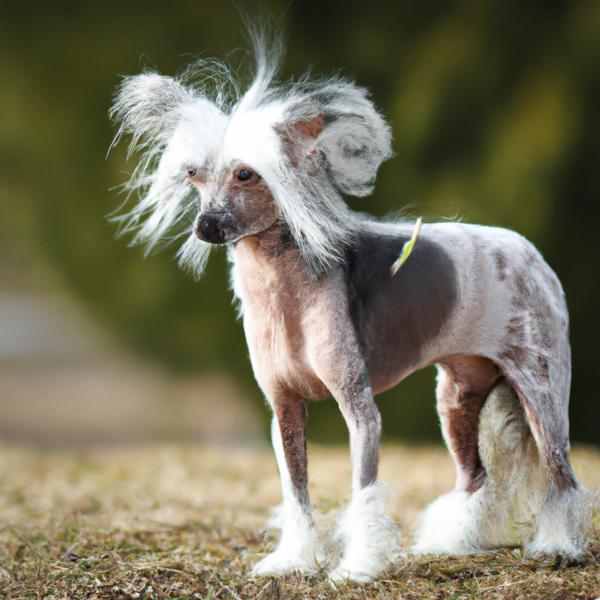
Chinese Crested
Teddy Roosevelt Terrier vs Chinese Crested

Vizsla Staff
Teddy Roosevelt Terrier vs Vizsla Staff
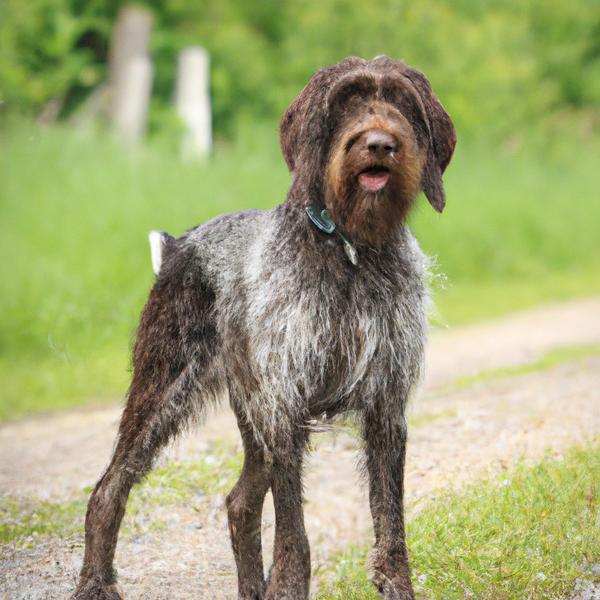
Wirehaired Pointing Griffon
Teddy Roosevelt Terrier vs Wirehaired Pointing Griffon

Bolonoodle
Teddy Roosevelt Terrier vs Bolonoodle
